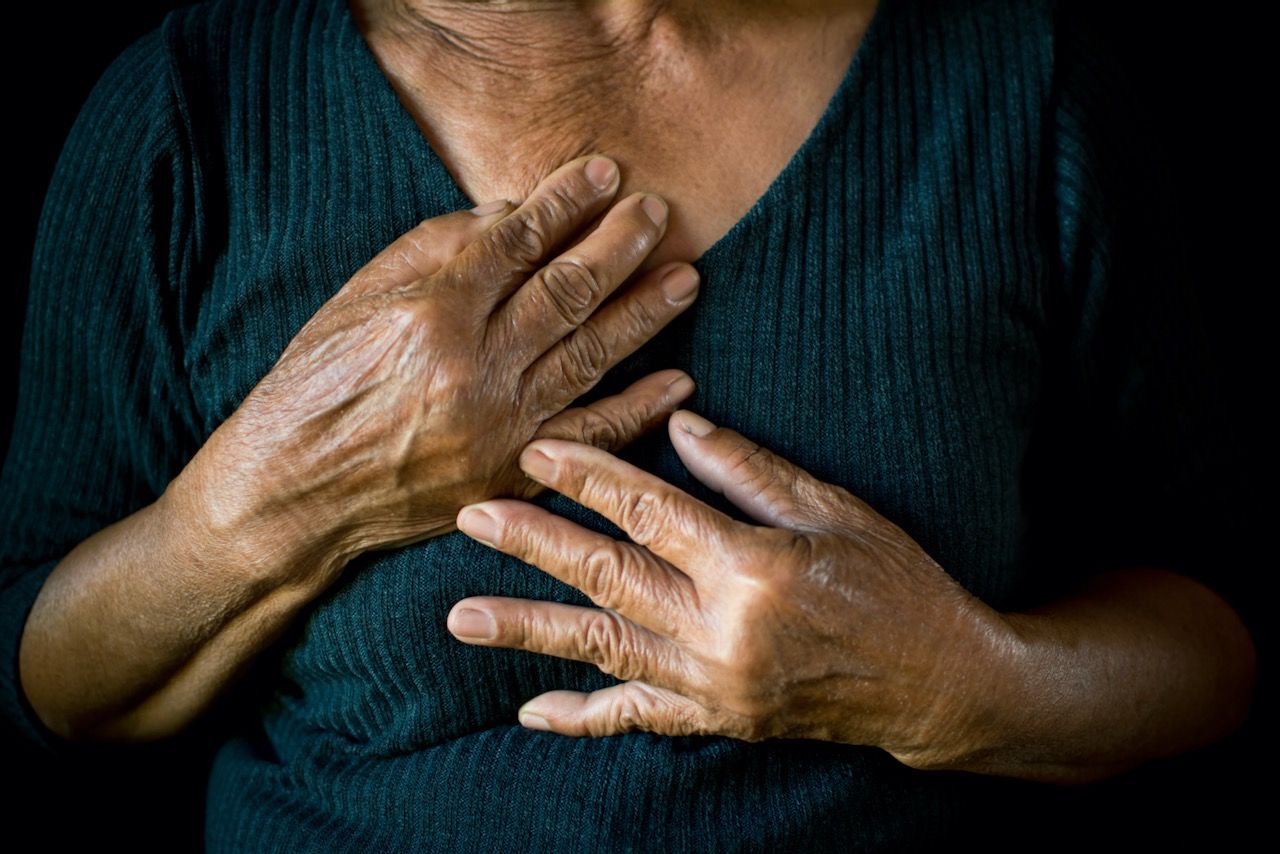Positioning the implant over the muscle is preferred for some patients
About half of all breast cancer patients who undergo mastectomy (removal of one or both breasts) also choose to have breast reconstruction surgery. At Roswell Park Comprehensive Cancer Center, breast reconstruction options are offered to all mastectomy patients.
Breast reconstruction procedures typically involve one of two main approaches. The most common type, chosen by about two-thirds of post-mastectomy patients, uses implants made of silicone or saline to rebuild the breast. The other option, autologous, or flap reconstruction, uses tissue from elsewhere in the patient’s body (from the abdomen, buttocks or thighs) to create a new breast.
How implant surgery works
Typically, implant surgery is done in two stages. First, a tissue expander is placed in the chest to slowly expand the skin and other tissue to accommodate the implant. The patient then returns for another surgery after the tissue has expanded to the desired volume. The surgical team removes the expander and puts in its place the saline or silicone implant.
Some patients are able to undergo a “direct-to-implant” surgery, in which they receive the implants in the latter part of the mastectomy procedure. However, not every patient is a good candidate, according to plastic and reconstructive surgeon
“Direct implant placement is dependent on the thickness of the patient’s breast skin after mastectomy. The thicker the skin, the more likely direct implant placement is possible,” said Wong Moon, MD, FACS, a former plastic and reconstructive surgeon at Roswell Park. “If the patient had previous breast radiation or requires radiation after mastectomy, then direct implant placement is less likely to be a success.”
Surgeons usually place the implants in the chest underneath the pectoris major muscle. There are benefits to placing them there.
“This adds extra thickness over the implant to decrease visible implant contour and wrinkling,” he said. “Also, submuscular placement decreases the risk of implant scarring.”
While this under-the-muscle (called subpectoral) positioning has long been a standard approach, it has drawbacks. For one, it can be painful.
In addition, the implant may move upward when the muscle contracts and back down when the muscle relaxes, a movement that is called “animation of the implant.”
Over the muscle may be better for some patients
A newer approach, called prepectoral reconstruction, places the implants in the chest over the pectoris major muscle, just under the skin. One of the advantages is that it can result in less pain during recovery. “Pain from the prepectoral implant procedure may be less painful, or may be equivalent to the pain from a subpectoral implant,” Dr. Moon said.
“Prepectoral implant placement is a single-stage surgery that avoids implant motion with shoulder movement. If the skin is too thin, then the implant shape and wrinkling will be more visible and there may be more capsular contracture.”
A 2019 study of 79 patients who underwent either prepectoral or subpectoral implant procedures reported that the patients who had prepectoral reconstruction reported significantly less pain in the days after the surgery – with much lower pain scores of 1.78 compared to the pain scores of 7.17 for those who had subpectoral reconstruction.
The overall success rate for both procedures is similar; the decision to do one or the other depends on the intraoperative status of the skin.
“The patient can choose the reconstructive options, but final surgery depends on the intraoperative findings,” he noted.
And there are other factors, including whether a patient is immunocompromised, the patient’s smoking history, diabetes, morbid obesity, skin laxity and size expectations. These factors can decrease the patient’s chance to undergo prepectoral reconstruction.
To determine which surgery is the best option, patients always should consult a plastic and reconstructive surgeon experienced with performing these operations in cancer patients. The best approach for you will depend on many factors including your health, other types of cancer therapies you had or will have (such as radiation therapy) and the goal you aim to achieve. Breast reconstruction often involves several procedures and it’s important for you to understand the procedures and weigh their benefits and drawbacks.
Speak with the experts
Breast reconstruction at Roswell Park is available for you no matter where you had your cancer surgery and when, even if it’s been years since your mastectomy. Schedule a consultation with one of our plastic and reconstruction surgeons to learn what we may offer you.
Make an Appointment

